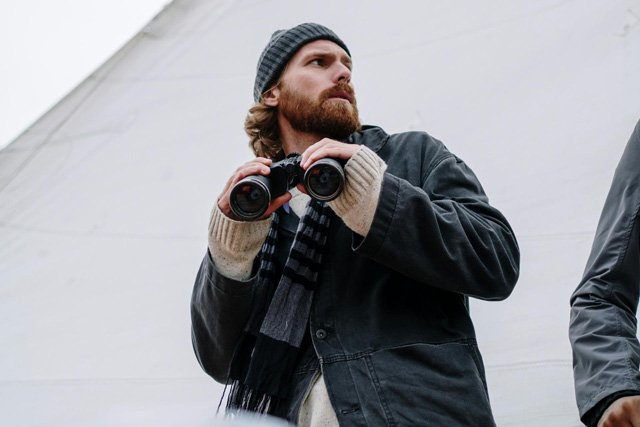When planning a whale-watching adventure in Montauk, having the right gear can elevate your experience. From staying warm on the water to capturing breathtaking moments, thoughtful preparation ensures a memorable trip.
Let me walk you through my top recommendations for the best gear for whale watching in Montauk, so you’ll be ready to spot some incredible marine life while staying comfortable and safe.
Strategically Choose Your Best Gear for Whale Watching in Montauk
Choosing the right gear for whale watching in Montauk isn’t just about ticking items off a packing list—it’s about understanding why you need specific items and how to choose the best options to enhance your experience. Here’s a strategy to guide you:
- Understand Your Environment
Whale watching in Montauk means being out on the Atlantic Ocean, where conditions can vary. The sea can be chilly, even in summer, and wind or unexpected rain is common. Acknowledging the environment helps you prioritize warmth, waterproofing, and sun protection. - Prioritize Comfort and Safety
Long hours on a boat call for gear that keeps you comfortable and safe. Footwear with non-slip soles is a must to navigate wet decks, and layered clothing allows for adjustments as temperatures change. Choose items that let you focus on the marine life rather than discomfort. - Focus on Functionality Over Aesthetics
While stylish gear can be appealing, functionality should always take precedence. Opt for binoculars with waterproofing, jackets that block wind, and bags designed for durability on a boat. Simple, practical choices will outlast and outperform trendier options. - Plan for Multi-Purpose Use
Gear that serves more than one function can save space and money. For example, a waterproof jacket that also blocks wind, or a backpack with compartments for snacks and a water bottle, ensures you’re prepared without overpacking. - Think Eco-Consciously
Whale watching is inherently tied to respecting and protecting marine environments. Choosing eco-friendly gear like reef-safe sunscreen or reusable water bottles not only reduces your footprint but also aligns with the values of responsible wildlife tourism.
1. Binoculars: Get a Close-Up View
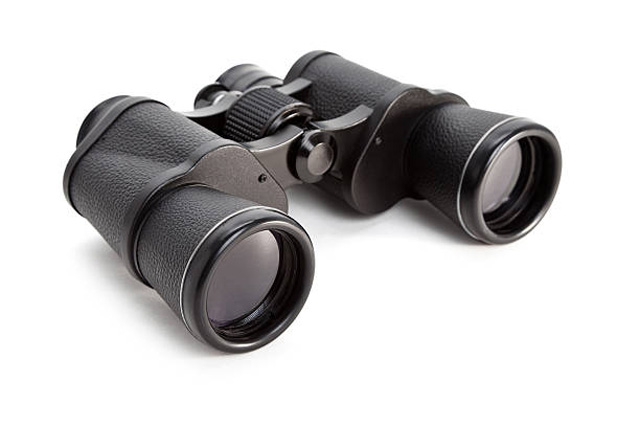
One of the most essential pieces of gear is a good pair of binoculars. Whales can sometimes be spotted at a distance, and a quality set of binoculars will bring the action closer. Look for waterproof models with an 8x or 10x magnification to avoid shaky images on the moving water.
Recommendation: The Nikon Monarch 5 binoculars are lightweight, waterproof, and have excellent image clarity.
Fun Fact!
Did you know a whale’s tail flukes can be as wide as 18 feet? Binoculars make it easy to spot these majestic features in stunning detail.
2. Camera Gear: Capture the Perfect Shot
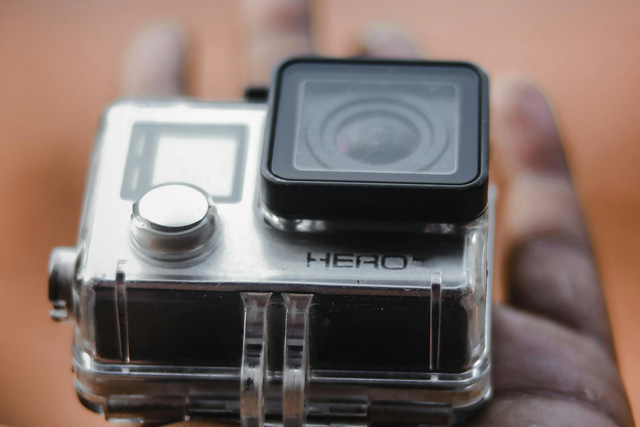
A camera with a zoom lens is ideal for photographing whales and other marine life. If you’re using a smartphone, consider a clip-on telephoto lens for better reach. Waterproof cases or bags are essential to protect your devices from splashes.
Recommendation: A GoPro HERO12 is great for capturing high-definition video and photos, even in wet conditions.
3. Layered Clothing: Stay Warm and Comfortable
Montauk’s waters can be breezy and cool, even during summer. Wear layers so you can adjust to changing temperatures. A moisture-wicking base layer, a warm fleece, and a windproof jacket are great staples.
Pro Tip!
Don’t forget gloves and a hat during cooler months!
4. Footwear: Non-Slip and Waterproof
Choose sturdy, waterproof shoes with non-slip soles. Many boats have wet decks, so proper footwear helps prevent accidents and keeps your feet dry.
Recommendation: Sperry’s Sea Kite Sport Moc is a great option for comfort and grip.
5. Sun Protection: Stay Safe from UV Rays
Spending hours on a boat means prolonged sun exposure. Bring sunscreen, polarized sunglasses, and a wide-brimmed hat to protect yourself. Look for reef-safe sunscreen to avoid harming marine ecosystems.
Fun Fact!
Humpback whales have unique skin that helps protect them from UV rays, but humans aren’t so lucky—always use sunscreen!
6. Rain Gear: Be Prepared for Showers
Weather can change quickly on the water, so pack a lightweight, waterproof jacket or poncho. This will keep you dry without adding bulk to your outfit.
Recommendation: Columbia’s Arcadia II Rain Jacket is compact, breathable, and highly effective against sudden rain showers.
7. Eco-Friendly Accessories
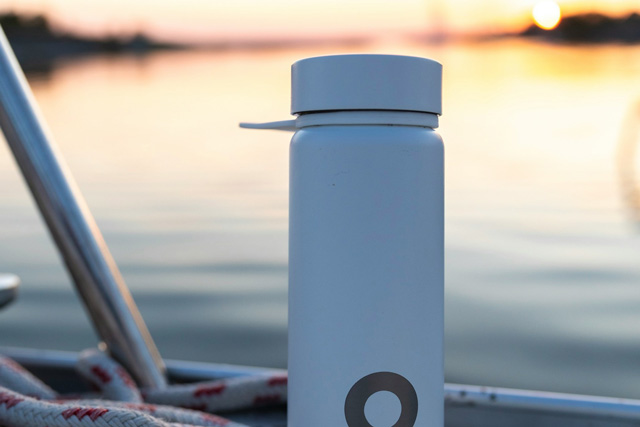
Support sustainability by choosing eco-friendly gear. Reusable water bottles, biodegradable sunscreen, and reef-safe products help minimize environmental impact.
8. A Backpack: Keep Essentials Handy
A small, waterproof backpack is perfect for storing your gear. Look for one with multiple compartments to keep electronics and snacks separate.
Recommendation: The Sea to Summit Dry Bag is compact and 100% waterproof.
9. Snacks and Hydration: Stay Energized

Bring high-energy snacks like trail mix or granola bars and plenty of water to stay hydrated. Avoid sugary drinks that can lead to dehydration.
10. A Guidebook or App
Enhance your trip with a marine life guidebook or an app to identify the creatures you see. The “Audubon Bird Guide” app is great for birdwatchers, while a local marine life book provides valuable insight into Montauk’s waters.
11. Hand Warmers
Even in warmer months, ocean breezes can make whale-watching trips unexpectedly chilly. Hand warmers are a simple and compact way to keep your fingers warm, especially during early morning or late evening excursions. These are especially useful for holding binoculars or cameras steady in cold conditions.
12. Compact Dry Bags
Dry bags are essential for keeping your valuables—like your phone, wallet, and camera—safe from splashes and sea spray. Opt for compact versions that fit easily into a backpack. Many dry bags also float, providing added protection in case of accidental drops overboard.
13. Polarized Sunglasses
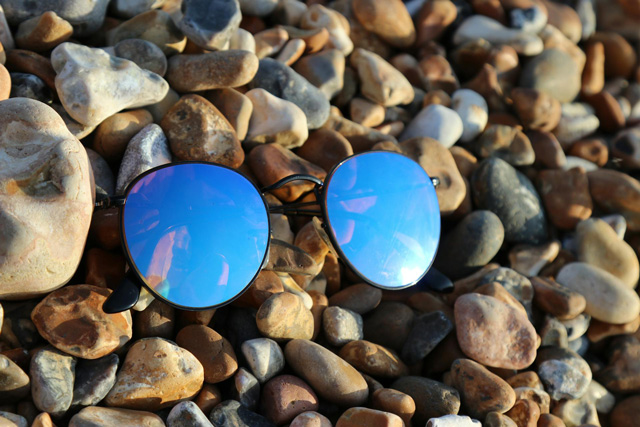
Polarized sunglasses reduce glare from the water, making it easier to spot whales, dolphins, and other marine life. They also protect your eyes from harmful UV rays, which can be intense on the open ocean. Choose sunglasses with a secure strap to prevent them from being lost in the wind.
Gear to Consider for Children
Whale-watching can be a magical experience for kids, but having the right gear makes all the difference in keeping them comfortable, safe, and engaged. Here are some items to consider:
- Kid-Sized Binoculars
Choose binoculars designed for smaller hands and faces, preferably lightweight and with easy focus adjustment. This lets kids fully participate in spotting marine life. - Life Jackets
Some tour operators provide life jackets, but bringing one tailored to your child’s size can ensure a better fit and peace of mind. Look for Coast Guard-approved models. - Wide-Brimmed Hats
Protecting kids from sunburn is essential. A hat with a strap can keep it secure on windy boat rides. - Snacks and Water Bottles
Long trips can leave kids hungry or thirsty. Pack spill-proof water bottles and healthy snacks to keep them happy and hydrated. - Rain or Windproof Jackets
Weather conditions on the ocean can change rapidly, so pack a jacket that offers wind and rain protection to keep kids warm and dry.
Gear to Consider for ADA Whale Watchers
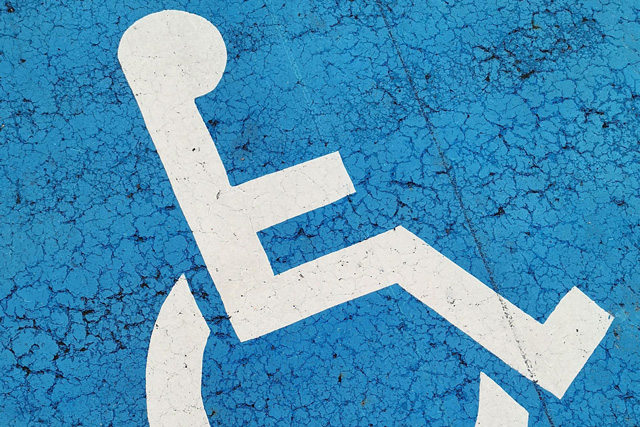
Whale watching is an experience everyone should enjoy, and certain gear can help make the adventure more accessible and comfortable for those, like me (I have Multiple Sclerosis), with disabilities.
- Portable Seat Cushions
For individuals who may need extra seating support, a portable cushion can make onboard seating much more comfortable. - Noise-Canceling Headphones
Ocean winds and boat engines can be loud. Noise-canceling headphones or earplugs are helpful for those who may be sensitive to sound. - Accessible Binoculars
Binoculars with stabilizing features or a tripod mount make it easier for those with limited hand mobility to enjoy the views. - Adaptive Footwear
Slip-resistant shoes that are easy to put on and take off are a great choice for safe movement on deck. - Personal Sunshade or Umbrella
For those with sensitivity to sunlight, a small, lightweight sunshade or UV-blocking umbrella can provide added comfort.
Pro Tip!
Test Your Gear Before Your Trip A few days before your whale-watching adventure, take some time to test your gear. Try your binoculars to ensure the focus is smooth and clear, wear your jacket to check for fit and comfort, and pack your dry bag to confirm it seals properly. This simple step ensures you’re not caught off guard by faulty or uncomfortable equipment while out at sea.
Enjoy Your Whale Watching Adventure with the Right Gear
Packing the best gear for whale watching in Montauk ensures you’re prepared to enjoy the experience to the fullest. With a little planning, you’ll choose the gear that will help you stay comfortable, protect yourself from the elements, and make memories that will last a lifetime.

